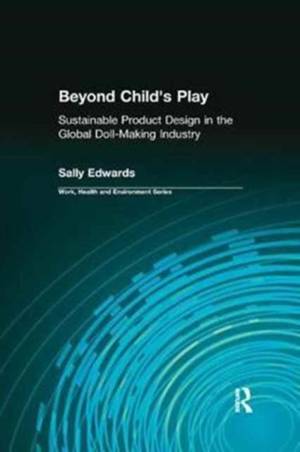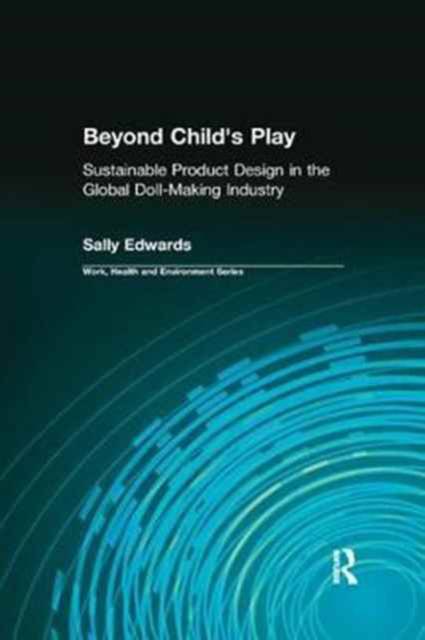
- Afhalen na 1 uur in een winkel met voorraad
- Gratis thuislevering in België vanaf € 30
- Ruim aanbod met 7 miljoen producten
- Afhalen na 1 uur in een winkel met voorraad
- Gratis thuislevering in België vanaf € 30
- Ruim aanbod met 7 miljoen producten
Zoeken
Beyond Child's Play
Sustainable Product Design in the Global Doll-Making Industry
€ 60,95
+ 121 punten
Omschrijving
Sustainable product design is more than eco design: it goes beyond 'green' to consider the work environment, community impacts, consumer health, and economic viability, as well as environmental attributes. "Beyond Child's Play" explores the concept of sustainable product design in the context of the global doll-making industry. To initiate this research, the author reviewed eco design parameters and developed criteria for sustainable product design in the doll-making industry. Using this framework, she conducted three case studies of do I making: the American Girl doll produced in China, the Kathe Kruse doll produced in Germany and the Q'ewar Project doll produced in Peru. Themes emerged from this research that have relevance beyond the doll-making industry: the value of making a product with care; designing work for human dignity; intention and vision for sustainability; the implications of materials choices; and, transparency and sustainability. Sustainable product design calls for fundamentally new thinking. By connecting the term 'sustainable' to 'product', we raise expectations for a radically different approach to design, production, and consumption. This framework integrates the eco design principles of detoxification and dematerialization with the principle of 'humanization', to ensure that the work environment where the product is made is safe and healthy and that local communities benefit from production. This approach places increased responsibility on the industrial designer and decision-makers throughout the supply chain, including governments, corporations, and citizens. Sustainable product design can be implemented effectively only when systems are in place that support sustainable production and consumption.
Specificaties
Betrokkenen
- Uitgeverij:
Inhoud
- Aantal bladzijden:
- 174
- Taal:
- Engels
- Reeks:
Eigenschappen
- Productcode (EAN):
- 9780415784306
- Verschijningsdatum:
- 29/03/2017
- Uitvoering:
- Paperback
- Formaat:
- Trade paperback (VS)
- Afmetingen:
- 152 mm x 229 mm
- Gewicht:
- 239 g

Alleen bij Standaard Boekhandel
+ 121 punten op je klantenkaart van Standaard Boekhandel
Beoordelingen
We publiceren alleen reviews die voldoen aan de voorwaarden voor reviews. Bekijk onze voorwaarden voor reviews.










